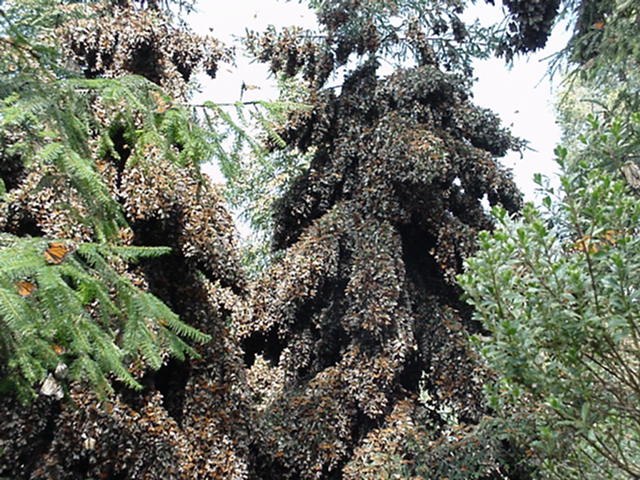Nebria brevicollis, belonging to the Carabidae family, is a ground beetle. With nearly 500 species and over 100 subspecies, N. brevicollis is the most diverse genus within the Nebriini tribe of ground beetles. Members of the genus occupy a wide range of habitats. Nebria brevicollis is native to Europe and the Near East but has been introduced to the western United States and Canada. Its rapid expansion in North America is characteristic of an invasive species. Due to the variation in habitat, their diet consists of small arthropods including Collembola, Diptera, earthworms, mites, and spiders.
Nebria brevicollis
Long and large wings protected by the strong exoskeleton of N. brevicollis
Composition of the soil on which Nebria brevicollis walks
In animal dormancy, diapause is the delay in development in response to regular and recurring periods of adverse environmental conditions. It is a physiological state with very specific initiating and inhibiting conditions. The mechanism is a means of surviving predictable, unfavorable environmental conditions, such as temperature extremes, drought, or reduced food availability. Diapause is observed in all the life stages of arthropods, especially insects.
Overwintering monarch butterflies in diapause clustering on oyamel trees. One tree is completely covered in butterflies. These butterflies were located on a preserve outside of Angangueo, Michoacán, Mexico




